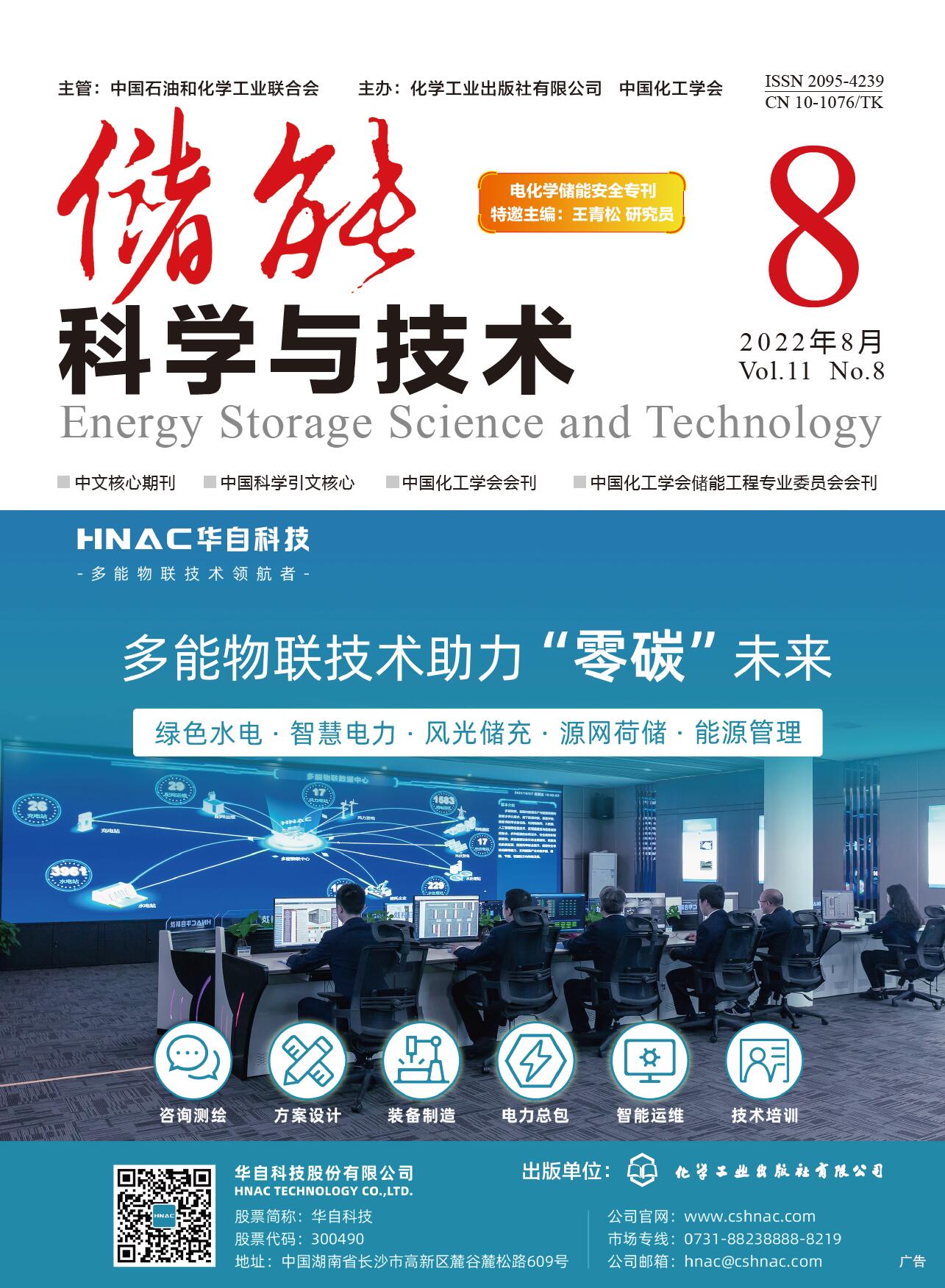Lithium-ion batteries have become the main energy storage unit of electric vehicles due to their advantages of high specific energy density, high discharge power, and mature production technology. However, the lithium-ion battery generates much heat during the charging and discharging process, which seriously affects its operation safety and service life. Therefore, adding a thermal management system during the lithium-ion battery operation plays a vital role in improving the safety and service life of the lithium-ion battery module. In this paper, the 21700-capacity NCM811 lithium-ion power battery module is the research object. The experimental method is used to study the performance of an insulating oil immersion cooling system under the static cooling condition when the charge and discharge rates are 1 C, 1.25 C, and 1.5 C, respectively. Under insulating oil static cooling conditions, there were different oil immersion amounts (VR = 0.2, 0.5, and 1) and ambient temperatures (15 ℃, 20 ℃, 25 ℃, and 30 ℃). Furthermore, under insulating oil dynamic cooling conditions, there were various oil immersion amounts (VR = 0.2, 0.5, and 1), flow rates (3 mL/s, 6 mL/s, 9 mL/s, and 12 mL/s), and the position of the insulating oil inlet and outlet for the battery module's temperature rise characteristics. The results demonstrate that the application of an insulating oil immersion cooling system has a noticeable effect on reducing the maximum temperature and improving the temperature uniformity of the module. The thermal management effect is significantly improved with the increase in oil immersion and is very sensitive to ambient temperature changes under static cooling. Moreover, the thermal management effect of the battery module is considerably enhanced under dynamic cooling of the insulating oil with the increase in volume and flow rate, as well as the optimization of the import and export process.

